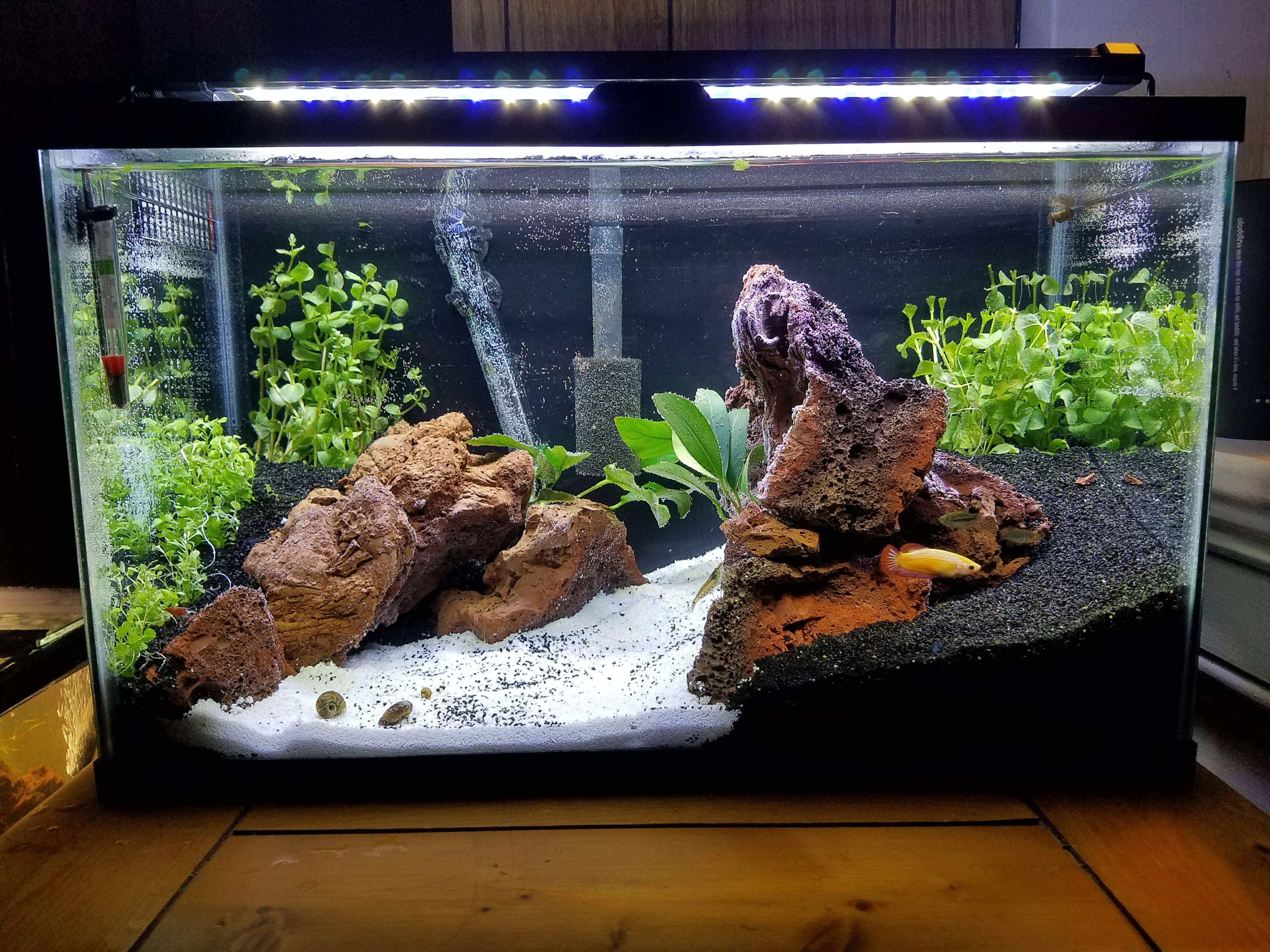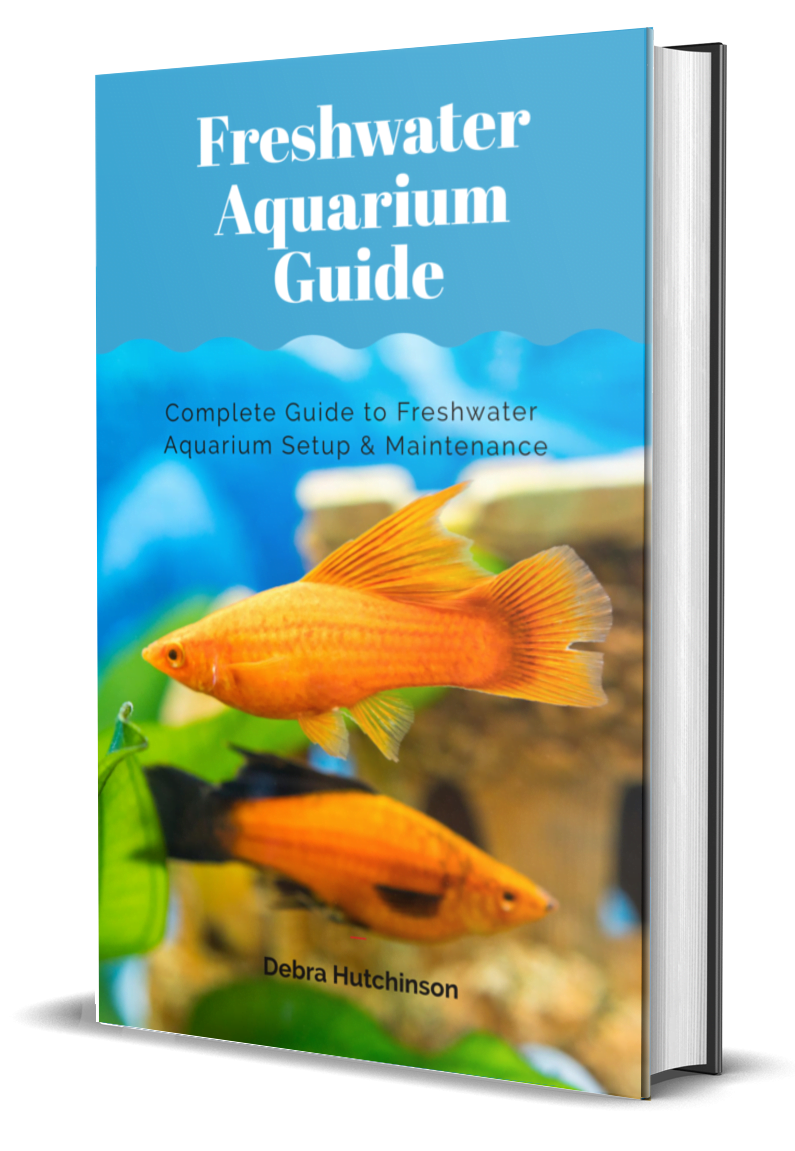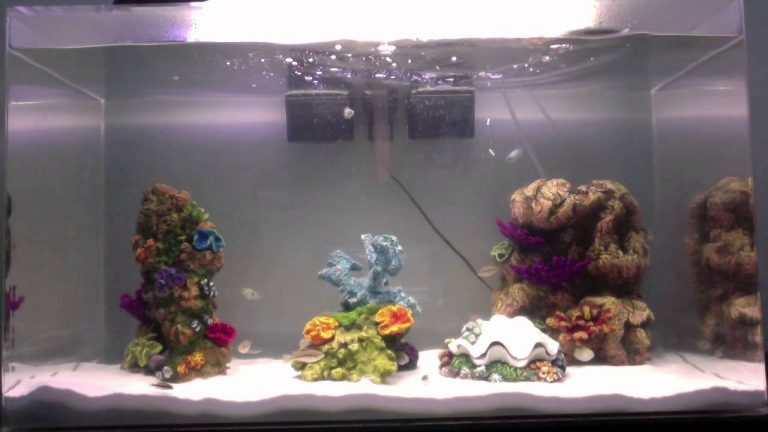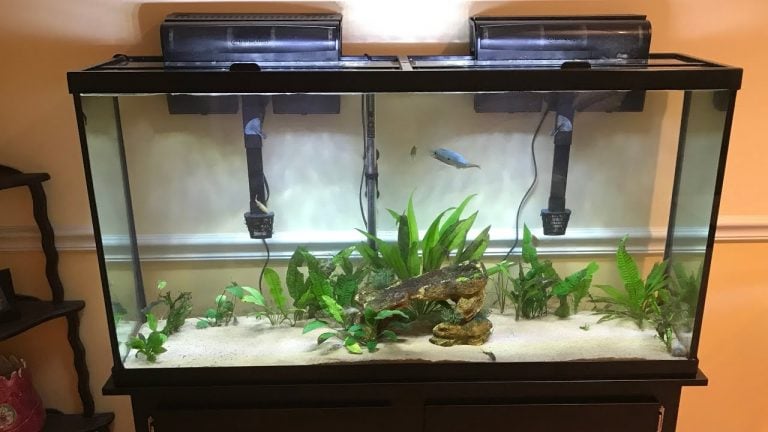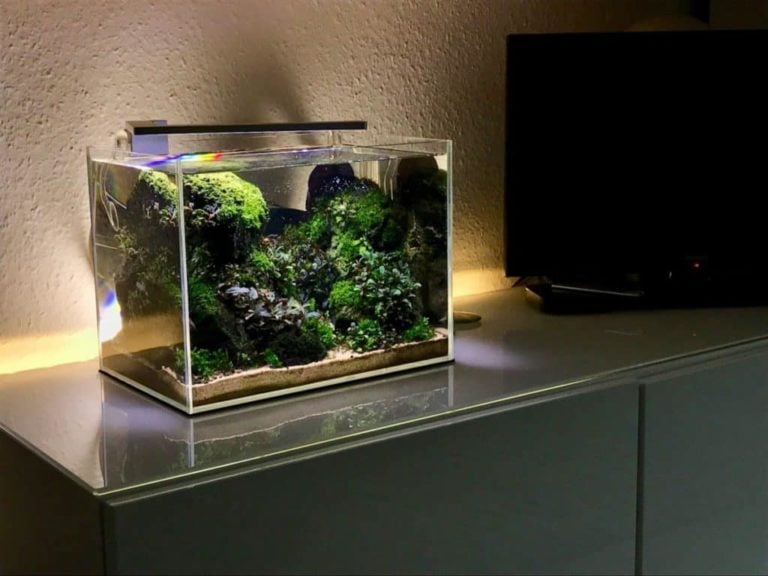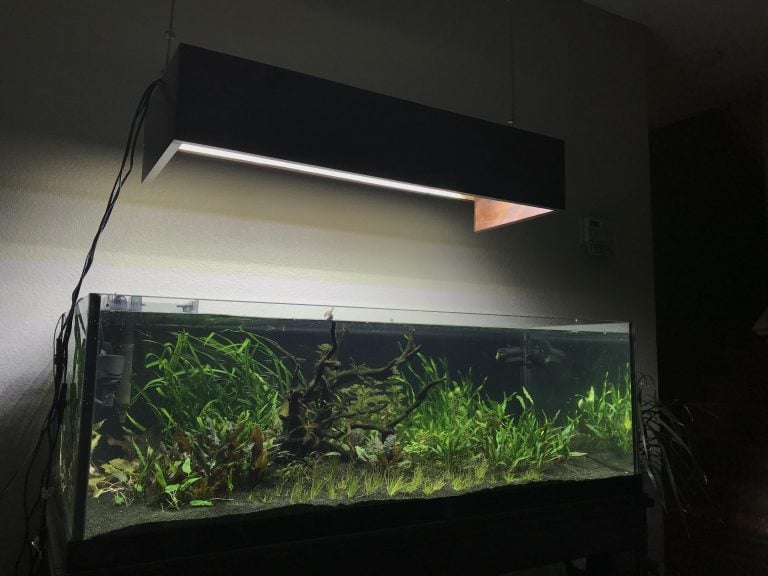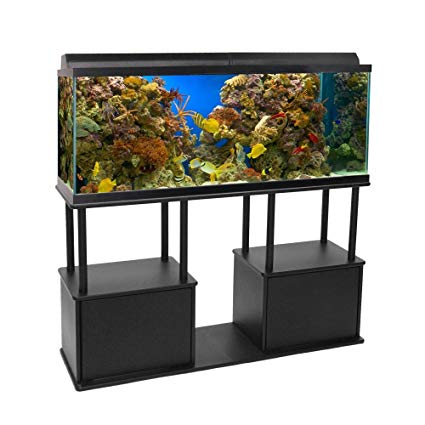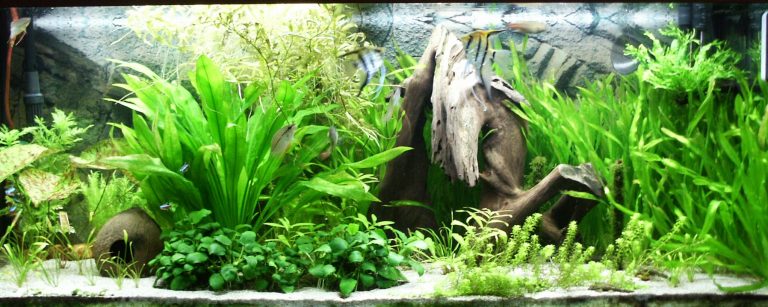Fish Tanks: Glass versus Acrylic
Back in the 70’s it seen every household I visited had a container of fish of some sort.
Guppies caught from banks and popped into bowls, angelfish purchased from run-down aquariums in the neighborhood and housed in algae-coated tanks, and Siamese fighting fish kept individually in old jam and cookie jars.
During those days, folks were generally very economical, making do with what came to hand. I remember how thrilled I was when my best friend’s mum gave me an old-fashioned goldfish bowl, because it was so much larger than the jars I kept guppies in.
“How big is it?” I asked my friend over the phone, and her mum conveyed the message back to me: “As big as your head.” That was something!
Now, of course, most fish hobbyists have cash to spare, and a hundred times as many specialty shops to get equipment from. There’s no more excuse for keeping your poor finned friends in stained plastic cookie containers.
Glass vs. Acrylic Fish Tanks
Glass Fish Tank
As tank material, glass is clear, easy to clean, and does not scratch too easily. Perfectly clean all-glass aquariums have a pristine beauty.
However, glass is heavy, and breaks and cracks easily. While it does not accumulate scratches like acrylic does, once it is scratched, the damage is not easy to disguise.
Most rectangular glass tanks are joined along the edges with sealants like silicone. If the sealant deteriorates, they may leak.
Round tanks avoid this risk, but depending on the quality of glass used, the curve may distort your view of the fish.
Rectangular tanks consisting of glass sheets slotted into a metal frame used to b popular because it was easy to replace a cracked sheet without having to buy a whole new tank.
But they were prone to springing leaks especially when moved and are seldom used by ornamental fishkeepers now.
Acrylic Fish Tank
Acrylic is lighter than glass, and does not crack or break as easily, but it is prone to scratching. Scratches will obscure your view and make it harder to get the sides clean.
With some acrylic, it is possible to polish the scratches away, but not always.
Other Materials Fish Tank
Stone, fiberglass and other materials are available, primarily for indoor and outdoor ponds. These are unlikely to break or leak, but do check the water level regularly in case damage is done by a falling object, or there is some inherent manufacturing fault.
These opaque ponds are suitable for fish best viewed from the top (eg. koi and carp), or for species of larger or longer fish that need plenty of swimming and turning room.
A few casual hobbyists (ie children) still keep fish in small plastic containers previously used for food. This is not recommended as many types of plastic “leak” chemicals into water and this could affect the fishes’ health, and eventually death.
Topics Covered

